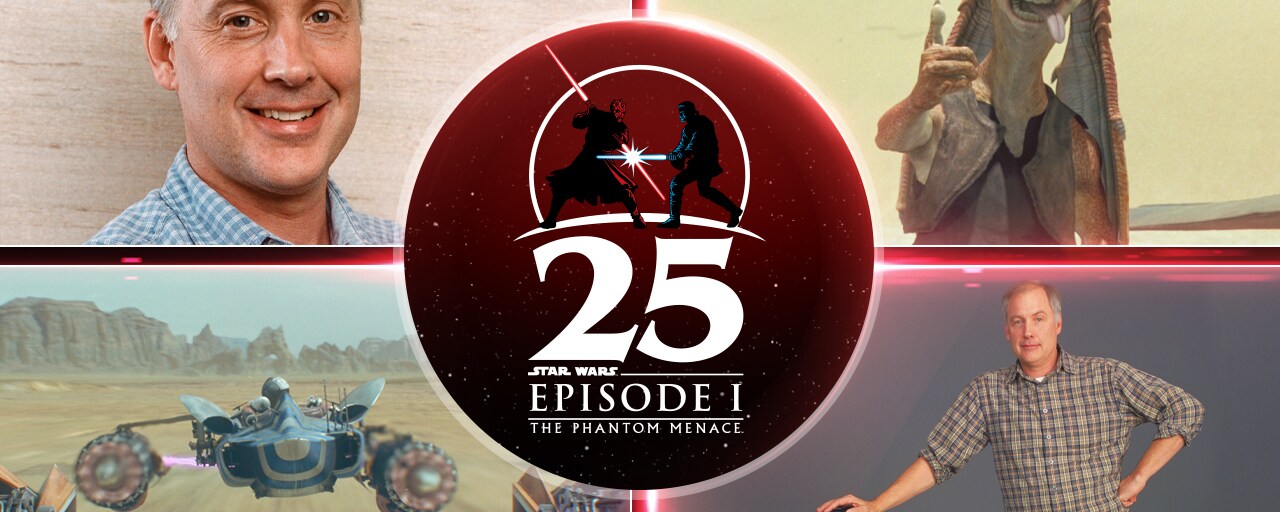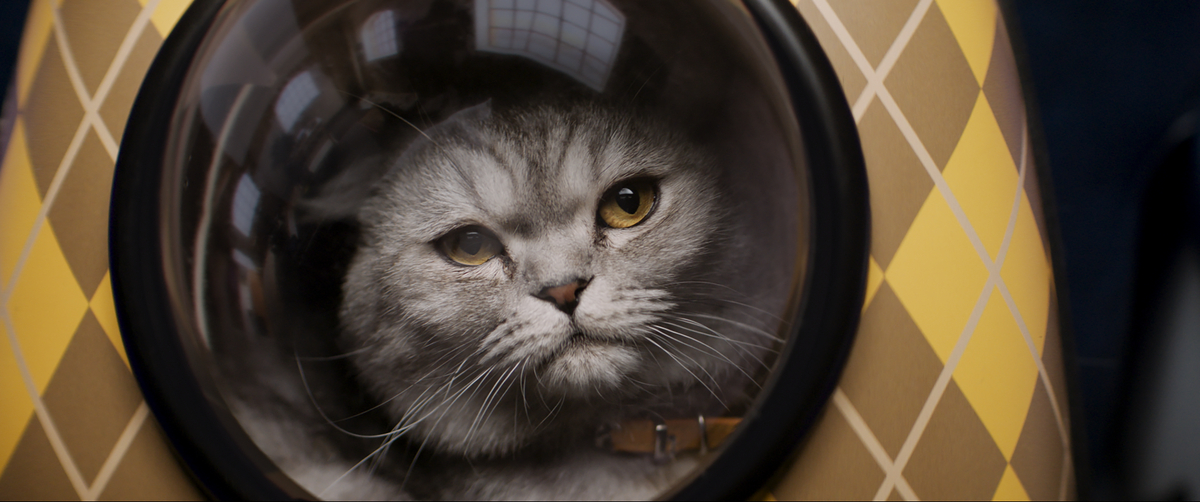Ben Burtt: Designing The Phantom Menace’s Iconic Soundscapes
– Star Wars sound designer Ben Burtt was integral to developing the film’s soundscape and visuals, especially the podrace sequence, drawing on his varied experiences from prior Lucasfilm projects.
– As part of the prequel’s production, Burtt also embraced digital audio and editing technologies, contributing to significant advances in sound design and pioneering new workflows in film editing.

Kicking off the highly-anticipated prequel trilogy, “Star Wars: The Phantom Menace” premiered on May 19, 1999. Commemorating the film’s quarter century milestone, StarWars.com unveiled “Phantom at 25,” a multimedia exploration featuring interviews, editorials, and other content for fans.
Ben Burtt, hailed for his groundbreaking sound design on “Star Wars: A New Hope” in 1977, was one of the creatives involved in George Lucas’s visionary world from its early conception. His return for “The Phantom Menace” was a pivotal moment. Recounting this period, Burtt relates the casual yet significant conversation initiated by Lucas’s executive assistant that brought him back into the fold.
As Lucas quilled the script for the first prequel, an art team had already convened at Skywalker Ranch. Burtt’s role expanded beyond sound design into picture editing—a natural progression after his cross-disciplinary work on the “Young Indiana Jones” series, which Lucas keenly recognized as valuable experience.
Burtt was initially tasked with visualizing one of the prequel’s most intense scenes: the podrace. Channeling the high-octane spectacle of the iconic “Ben-Hur” chariot race, he stitched together footage of historical high-speed chases to create videomatics, an economical precursor to the high-cost visual effects magic of ILM (Industrial Light & Magic). These frameworks were further fleshed out with innovative sound design. While the full narrative scope eluded him early on, his focus crystallized on these dynamic fragments to piece together a sensationally vivid experience for audiences.
In a fascinating portrayal of resourcefulness, Burtt engaged in a DIY approach to prototype videomatic scenes. He enlisted his 12-year-old son and neighborhood kids in makeshift cockpits against projected landscapes—a remarkably humble inception for sequences that would eventually be defined by advanced digital ingenuity.
The process of building the podrace was paradoxically low-tech and pioneering, blending hands-on experimentation with nascent digital technology. Burtt details the use of green screens and foam core, hinting at the nascent stage of digital effects that would become industry-standard. On set, Lucas masterminded scenes to cater to an animated Jar Jar Binks, representing a leap in digital character inclusion. Burtt, alongside Paul Martin Smith and the editing team, adapted to a new editing workflow to marry these innovative virtual elements seamlessly.
The advent of digital tools transformed the post-production process. Leveraging Avid Technology’s Media Composer, Burtt and his team navigated a constantly evolving workflow, allowing for unprecedented refinement and manipulation of film elements. Lucas’s appetite for flexibility in storytelling saw fruition, reshaping the conventional editing philosophy—every frame was a canvas for potential reiteration.
Burtt’s pioneering spirit soared as digital tools supplanted analog methods. ProTools and other software made sound design more dexterous and experimental, preserving the integrity of his craft: capturing and manipulating real-world noises into the rich acoustic landscape of Star Wars. This shift expedited creative processes and facilitated complex auditory compositions, propelling Skywalker Sound to new heights.
The podrace epitomized Burtt’s innovative approach, balancing sound to convey pace and immersion. He references “On Her Majesty’s Secret Service” as an exemplary influence, where sound effects singularly transport viewers into the action. This approach empowered Burtt to differentiate podracer sounds and develop a sonic identity for each, blending recognizable real-world vehicular roars with fantastical elements.
Burtt’s philosophy on sound’s narrative potency extends to his judicious use of silence, favoring effects over scores to convey tension. He regards music as a potent emotive force, best deployed with intention rather than as a continuous backdrop. This sentiment is embodied in the climactic finale of the podrace, where the eruption of John Williams’s score punctuates Anakin Skywalker’s journey to triumph.
By the time “The Phantom Menace” bloomed into reality, Burtt had become a cornerstone in Lucasfilm’s storytelling edifice. His dual roles in sound and picture editing on Episode I are a salute to his versatility and a commemoration of his impactful 25-year tenure at Lucasfilm. Through the prequel trilogy, Ben Burtt not only preserved but also elevated the enduring legacy of George Lucas’s cinematic universe by embracing both tradition and innovation.






 OpenCritic
OpenCritic